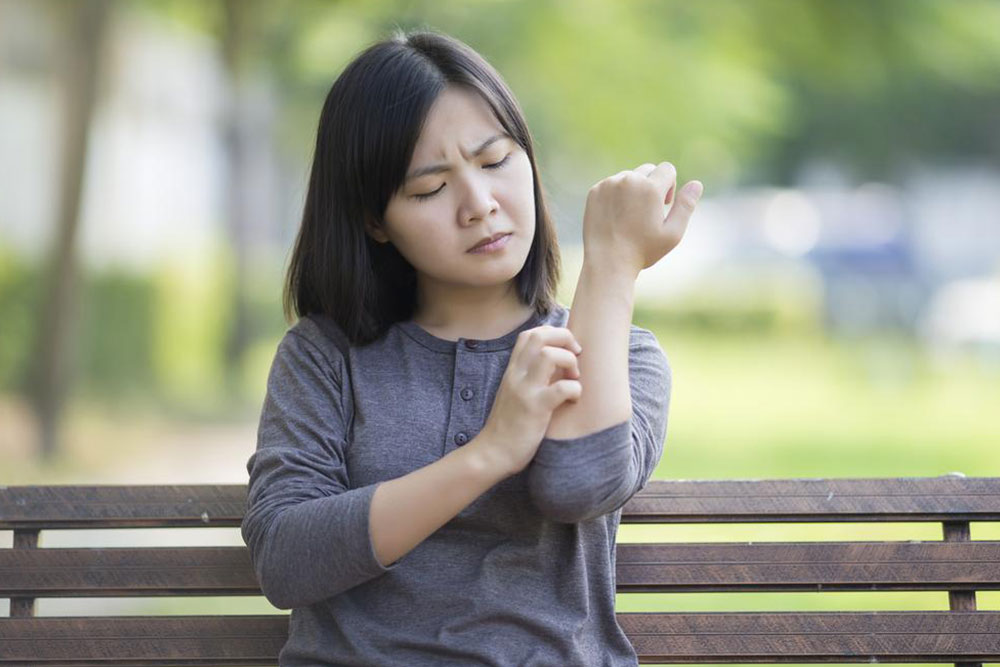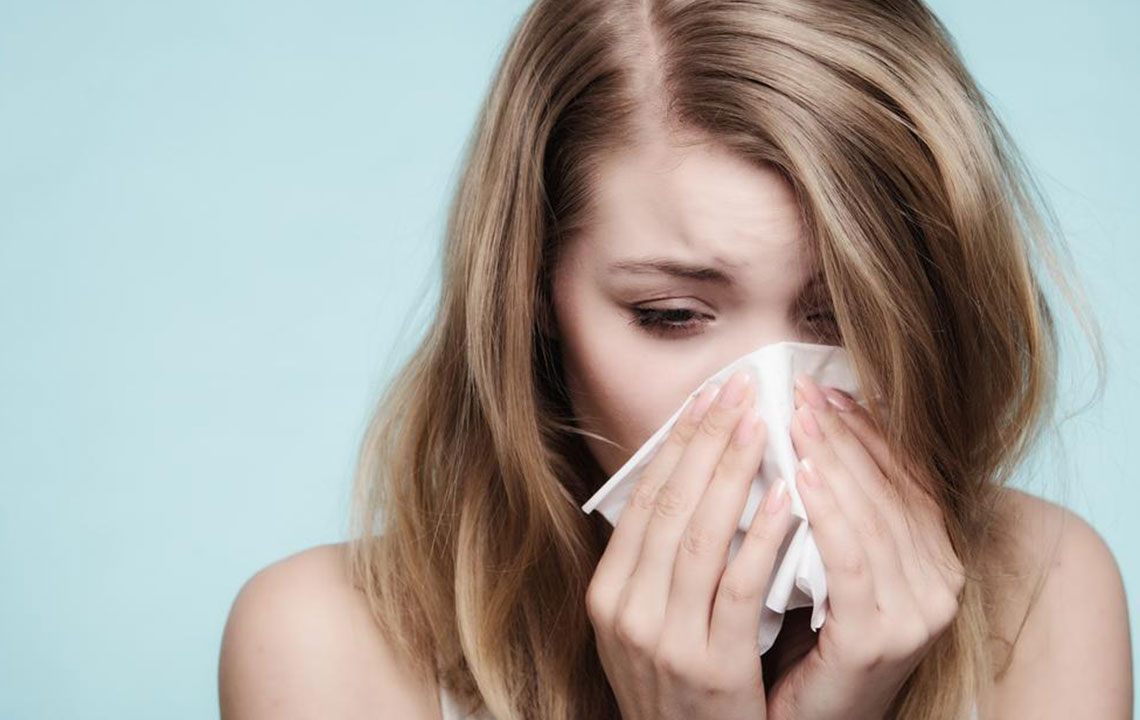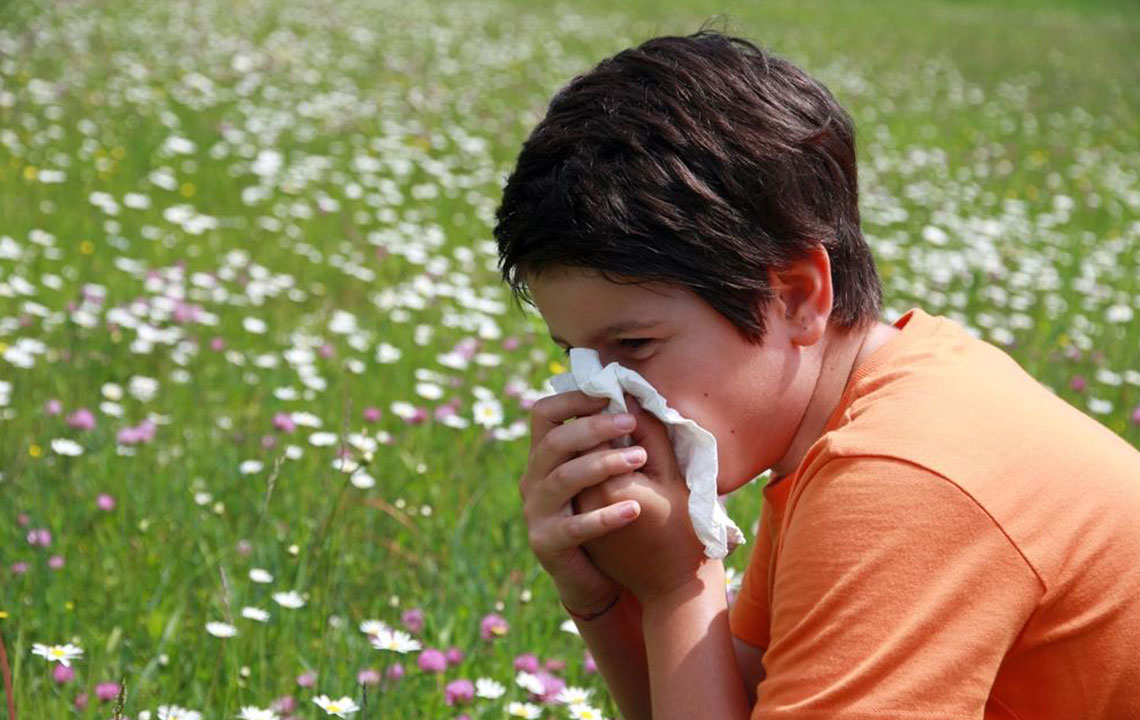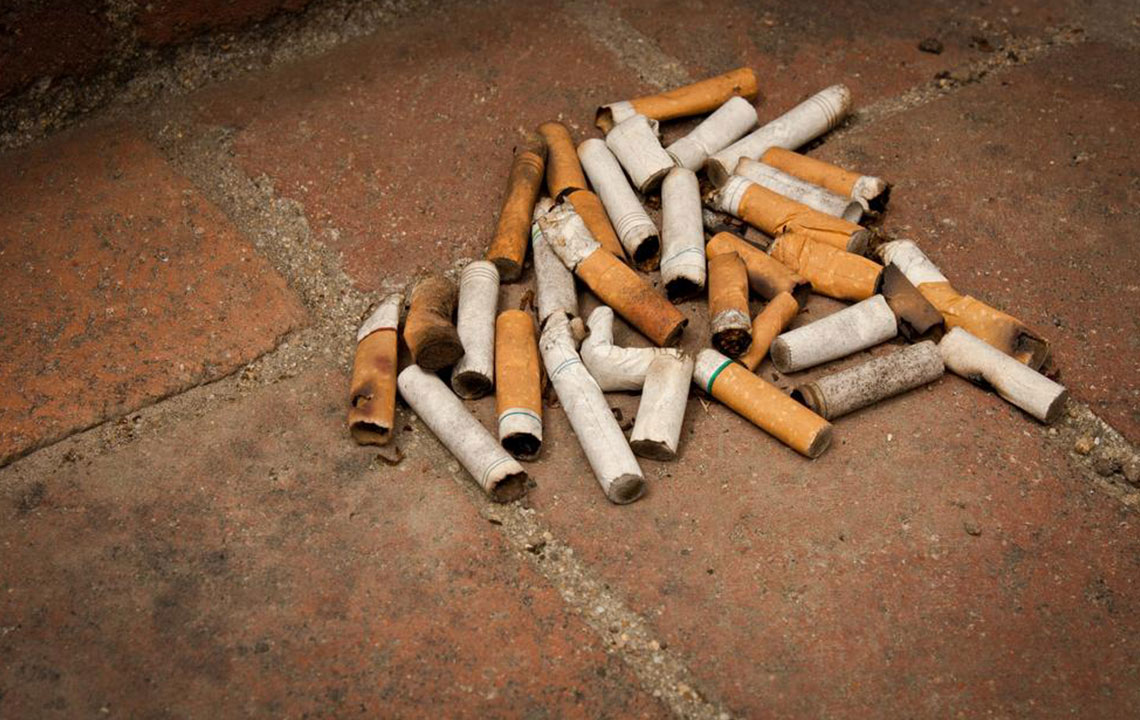Comprehensive Guide to Detecting and Eliminating Black Mold in Your Home for a Healthy Living Environment
Learn comprehensive strategies for detecting, preventing, and removing black mold in your home. This guide covers signs of mold growth, health risks, DIY removal tips, and when to seek professional help to ensure a safe and healthy living environment for your family.

Comprehensive Guide to Detecting and Eliminating Black Mold in Your Home for a Healthy Living Environment
Black mold, scientifically known as Stachybotrys chartarum, is a common issue in many households, often going unnoticed until it causes health problems or visible damage. Its growth thrives in damp, poorly ventilated areas, making it a sneaky and persistent problem for homeowners. Understanding how to identify, prevent, and remove black mold is essential for maintaining a safe and healthy living space. In this comprehensive guide, we delve into the signs of mold presence, health implications, preventive measures, and effective removal techniques, empowering you to safeguard your home and loved ones.
Many homeowners are unaware of the extent of hidden mold lurking in their houses. It can develop behind walls, under floors, or inside ductwork, especially in areas prone to leaks or high humidity. The first step toward a mold-free home is recognizing the typical signs of mold growth. Black mold appears as dark, fuzzy patches on surfaces that are regularly damp or have moisture issues. These patches often have a slimy or velvety texture when wet and tend to darken over time. Common locations include bathroom tiles, window sills, basements, attics, along pipes, and behind appliances like washing machines and refrigerators. Visual inspection is crucial, but not always sufficient, as mold can reside in hidden corners or within porous materials.
Detecting black mold early can prevent health complications. Besides visual cues, paying attention to household symptoms and environment is vital. Persistent musty odors are a classic sign of ongoing mold activity. If you experience unexplained respiratory symptoms, allergies, or skin irritations, it could be linked to mold exposure. Regularly checking areas with high moisture levels, such as bathrooms or basements, helps catch problems before they escalate. Remember, mold spores are microscopic and can become airborne, making thorough inspection and testing essential when in doubt.
Health implications of black mold exposure range from mild allergic reactions to more severe respiratory issues. Common symptoms include sneezing, coughing, nasal congestion, and itchy or red eyes. Skin rashes may also develop following contact. In individuals with asthma or other respiratory conditions, exposure can worsen symptoms significantly, leading to increased inhaler use or other complications. While rare, some cases have reported breathing difficulties and infections, particularly in immunocompromised individuals. Recognizing these signs early allows for prompt action to remove mold and reduce health risks.
Managing health issues related to mold exposure involves addressing symptoms and removing the source of mold. Medical treatments typically include antihistamines, nasal sprays, and antifungal medications in severe cases. Home remedies and lifestyle adjustments can also help alleviate symptoms—such as using air purifiers with HEPA filters to trap airborne spores, maintaining good indoor humidity levels, and ensuring proper ventilation in humid areas.
Prevention is key to controlling black mold growth. Keeping indoor humidity below 60%, ideally around 30-50%, inhibits mold proliferation. Using dehumidifiers, exhaust fans in bathrooms and kitchens, and fixing leaks promptly are vital steps. Regular cleaning with mold-inhibiting solutions, like vinegar or store-bought mold removers, also helps prevent mold establishment. Natural remedies such as tea tree oil, grapefruit seed extract, and vinegar are safe alternatives for routine cleaning and mold prevention. Ensuring proper ventilation—like opening windows or installing air exchange systems—reduces moisture levels and discourages mold growth over time.
When it comes to removing black mold, DIY methods are effective for small infestations; however, large or persistent mold problems often require professional intervention. Before attempting removal, isolate the affected area by sealing it with plastic sheeting to prevent spores from spreading into other parts of the home. Personal protective equipment, including gloves, masks, and eye protection, is recommended during cleanup.
Effective disinfectants include diluted bleach solutions (one cup bleach to one gallon of water), ammonia (not combined with bleach), or commercial mold removers. Apply these with a spray bottle, scrub thoroughly with a brush or sponge, and rinse with water afterward. Natural alternatives like white vinegar, which has antifungal properties, can be sprayed onto surfaces, left to sit for an hour, then wiped clean. Tea tree oil, diluted in water, offers another natural option with proven mold-fighting capabilities. For porous materials such as drywall or ceiling tiles, removal and replacement are often necessary, as mold spores can penetrate deeply and become impossible to eradicate completely.
Professional mold remediation is recommended when infestations cover large areas, are recurrent, or involve difficult-to-access spaces. Certified mold removal experts use specialized equipment, such as HEPA vacuums and industrial air purifiers, to thoroughly clean and treat contaminated zones. They conduct detailed inspections and ensure that mold is eradicated at all levels, preventing regrowth. Investing in professional services safeguards your health and preserves the integrity of your home.
In conclusion, black mold is a pervasive issue that requires vigilance and prompt action. Recognizing early signs, understanding health risks, implementing preventative measures, and employing effective removal techniques are crucial for maintaining a safe, mold-free home environment. Regular inspection, good ventilation, moisture control, and swift response to leaks and dampness collectively contribute to mold prevention. By staying vigilant and proactive, homeowners can protect their families from the potential dangers of black mold and enjoy a healthier, more comfortable living space.





